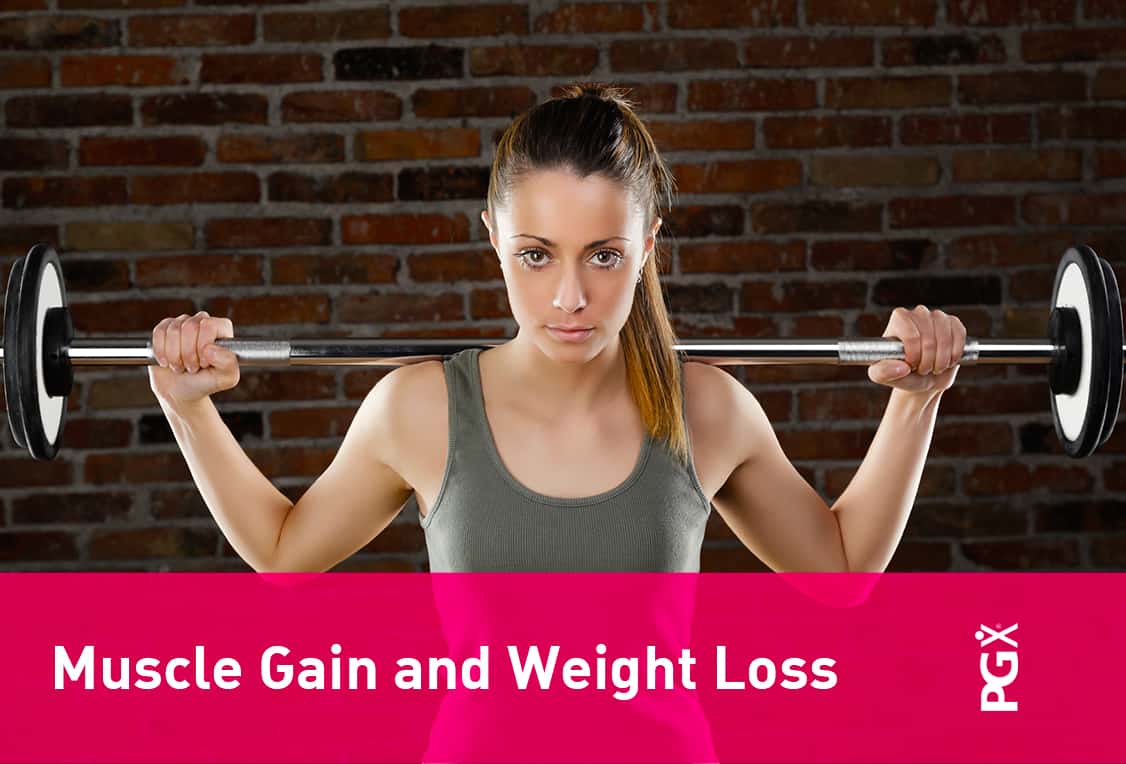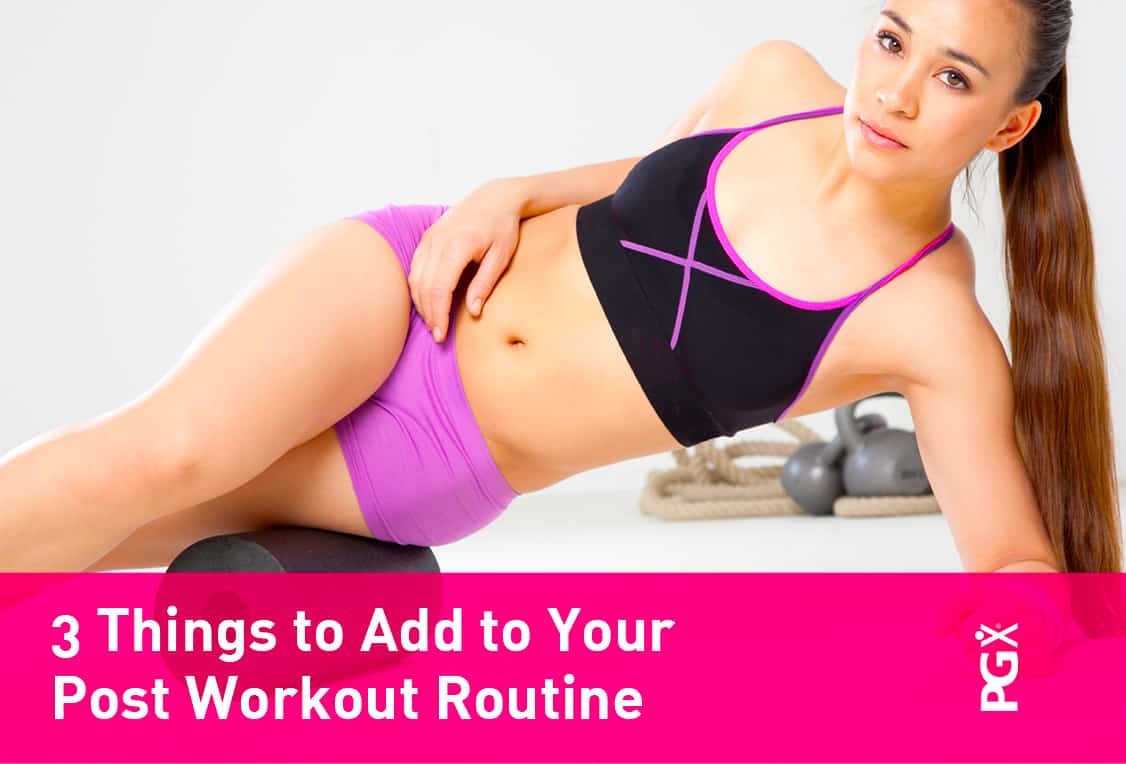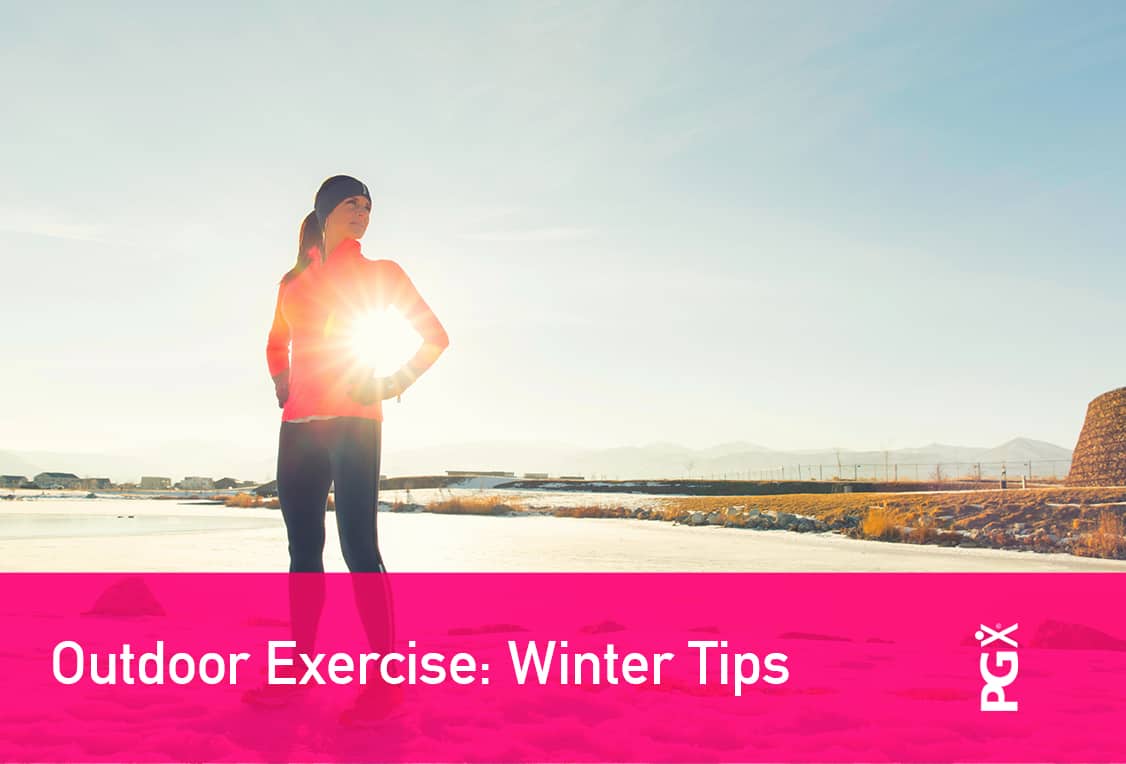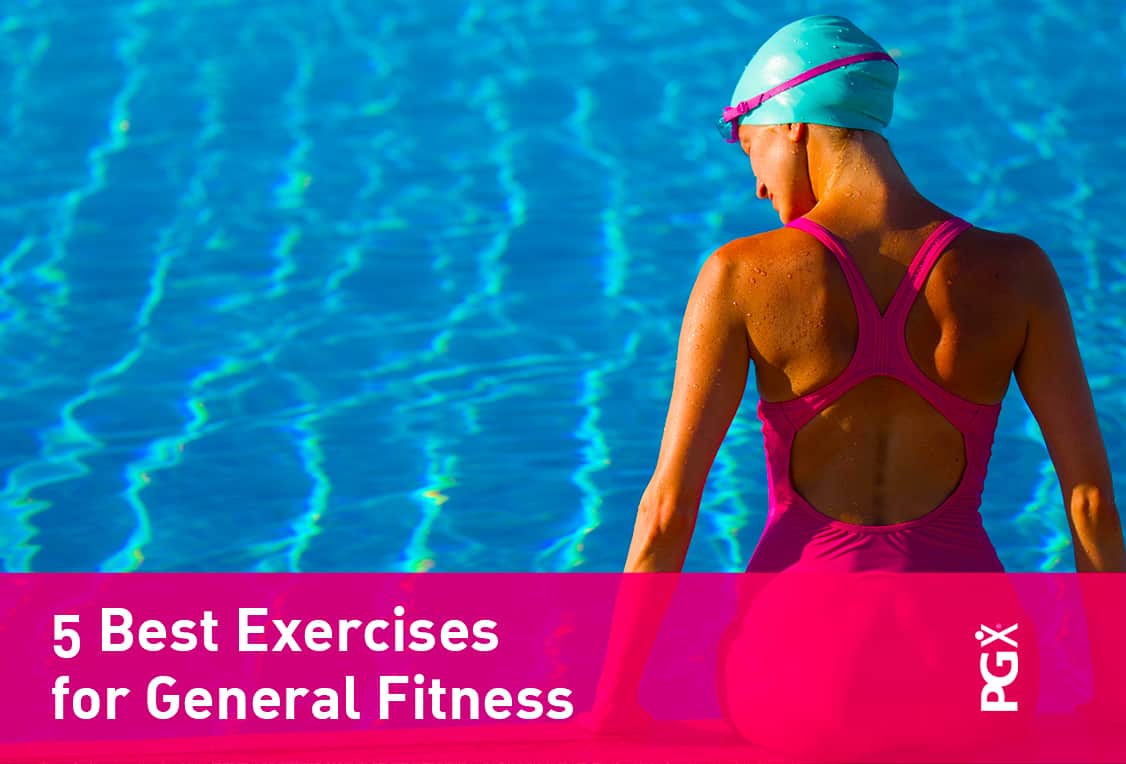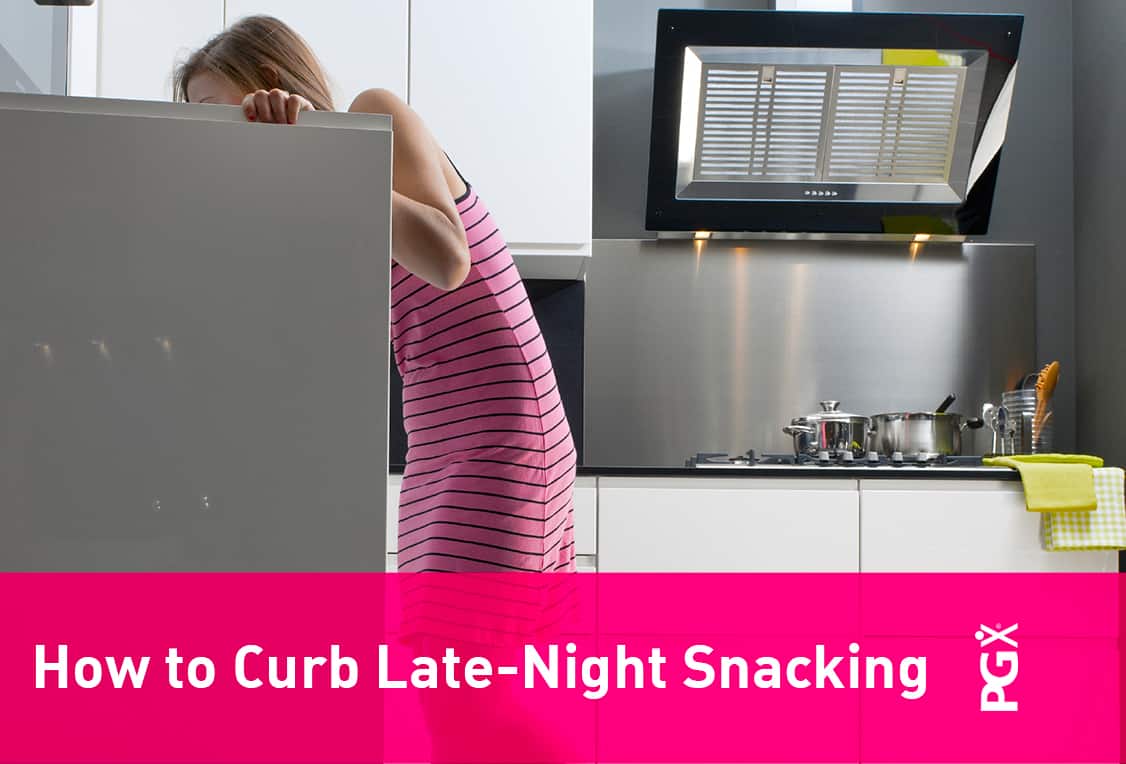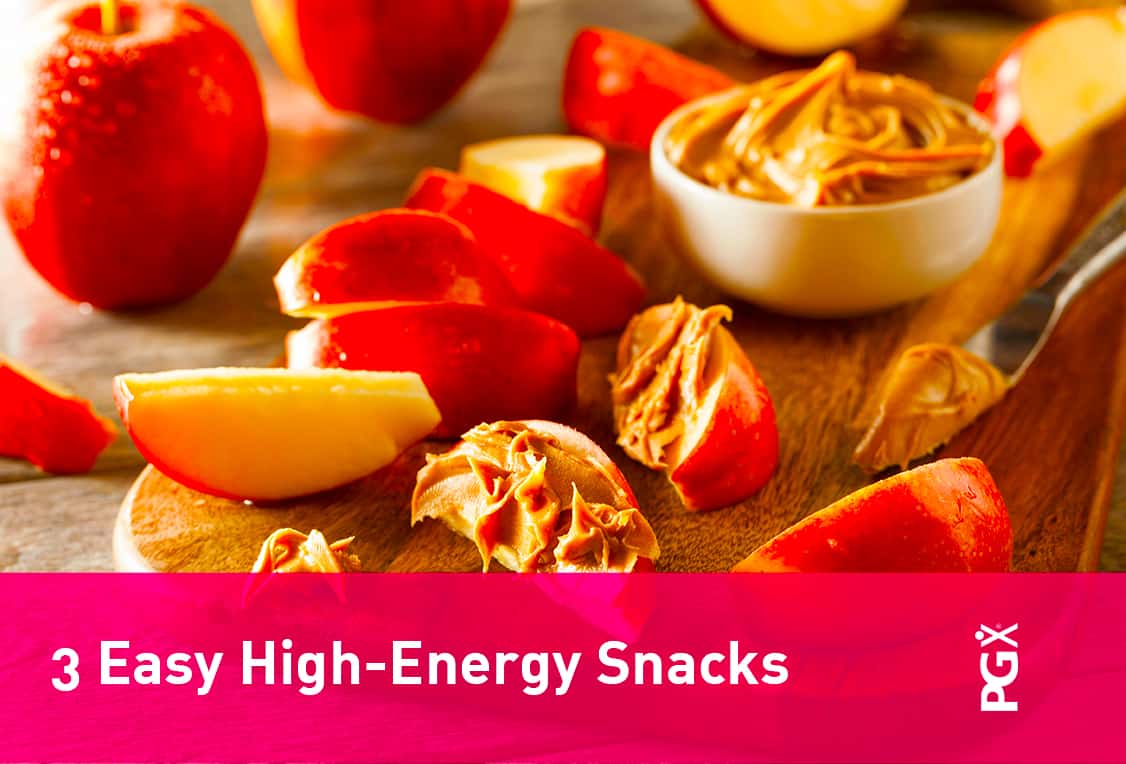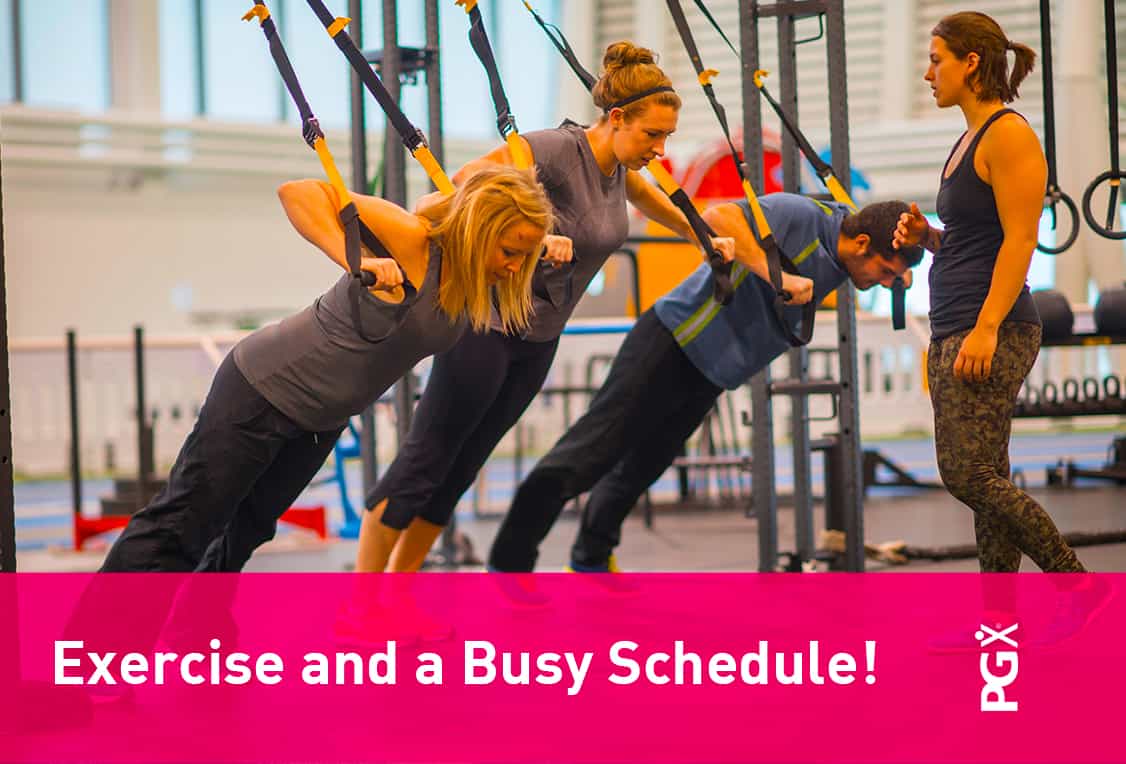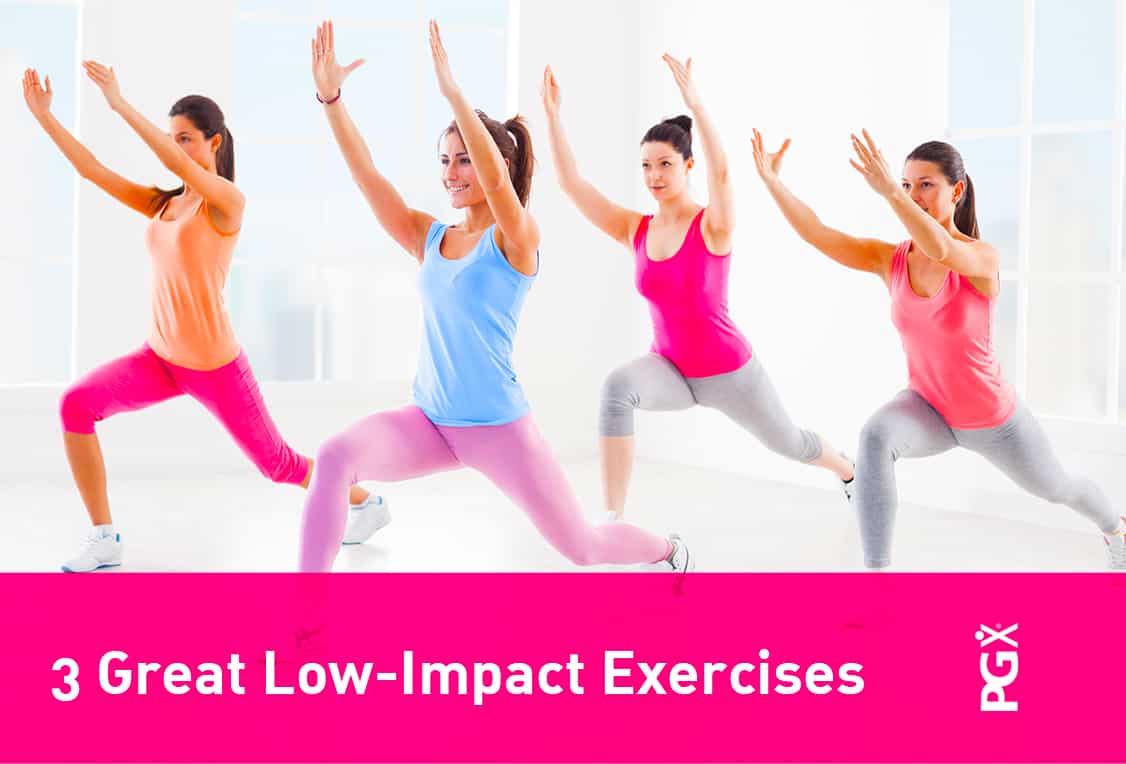
Your body is a total machine. Think about it; every day it moves in many different ways. It can run, sprint, jump, bend and more. And just like a machine, your body can break down with overuse. Low-impact exercises are a great way of fitting exercise into your daily routine without putting too much strain on your body. And don’t let the word “low” mislead you – while low-impact exercises tend to be easier on your joints, they’re not easier on the amount of energy they require!
Here are my top three low-impact exercises:
1. Swimming
Just wait until you get into a pool and freestyle a few laps! Your heart will be pounding, yet your body will glide through the water with seemingly little effort. To seasoned swimmers, this exercise a no-brainer, but to the rest of the world, swimming isn’t given enough praise.
Benefits:
Not only can it help with cardio endurance, but swimming also strengthens your core and helps your heart. I love swimming because it’s not a stagnant movement (like running on a treadmill), and I can go as fast or as slow as I want. After 45 minutes of swimming, you’ll be tired and will feel like you’ve put in a great workout – without having jarred your body in any way!
For those in tropical or warmer climates, open water swimming is even harder due to the current and being out in the elements. Open water swimming can be a fun, adventurous workout!

2. Walking
If you’re just getting into working out, or you feel like your body just needs a rest from that crazy hardcore crossfit you’ve been trying (whose doesn’t?), walking could be your answer.
There are many ways of making walking more challenging – trekking uphill, adding some weight, going for a day hike, adding on distance, or even just gradually increasing your pace. Every healthy human being with two working legs approved by their doctor to exercise can walk, which is why it’s one of the most widely used methods of exercise.
Benefits:
Beyond the obvious benefit of burning calories and keeping your body moving, I’ll put it out there that walking can help support your memory. In a 2011 study, elderly subjects who walked 40 min, 3 times a week for a year, experienced a 2% growth in their hippocampus, which is the part of the brain that controls memory [1].
Walking outside and getting some fresh air and sun in your face (or rain/snow), can lift your spirits and bring you joy.
3. Pilates
Ready to get a fabulous workout while creating long, lean and strong muscles? Pilates is a terrific low-impact exercise that focuses on total body strength. Pilates can be offered in group classes, semi-private group classes and private training sessions. There’s also tons of Pilates DVDs you can purchase and some awesome workouts on YouTube.
Benefits:
With pilates, the focus is on being able to control your movement through correct breathing and body alignment. You become closer to your body and mind at the same time. Pilates also focuses on a lot of different muscle groups, meaning you won’t over train a particular one, lessening the chance of muscle imbalances and injury. Pilates is a gentle exercise but it’s also incredibly challenging on your body.
References:
[1] “The Benefits of Walking.” The Benefits of Walking. Real Simple, n.d. Web. 23 Jan. 2016.

